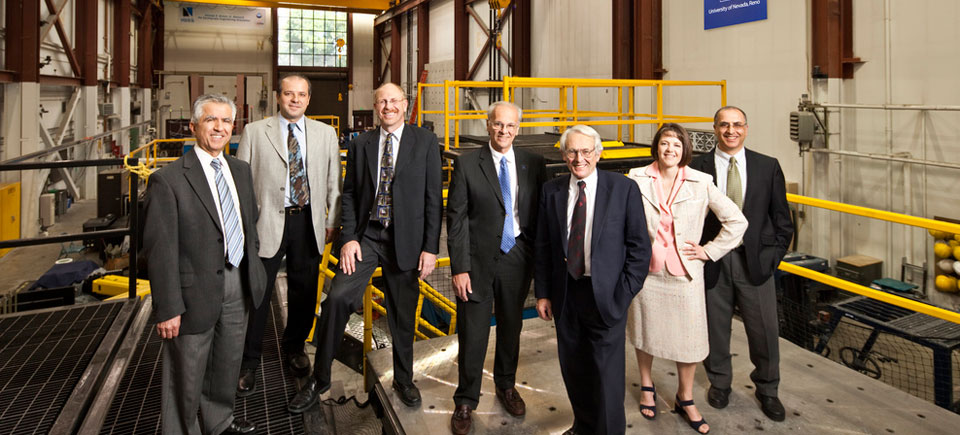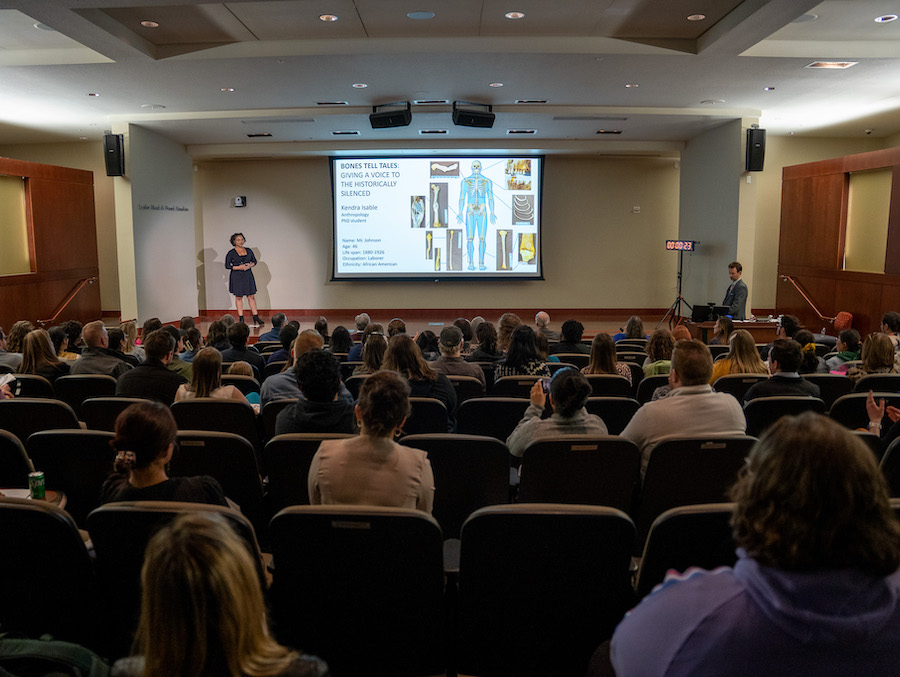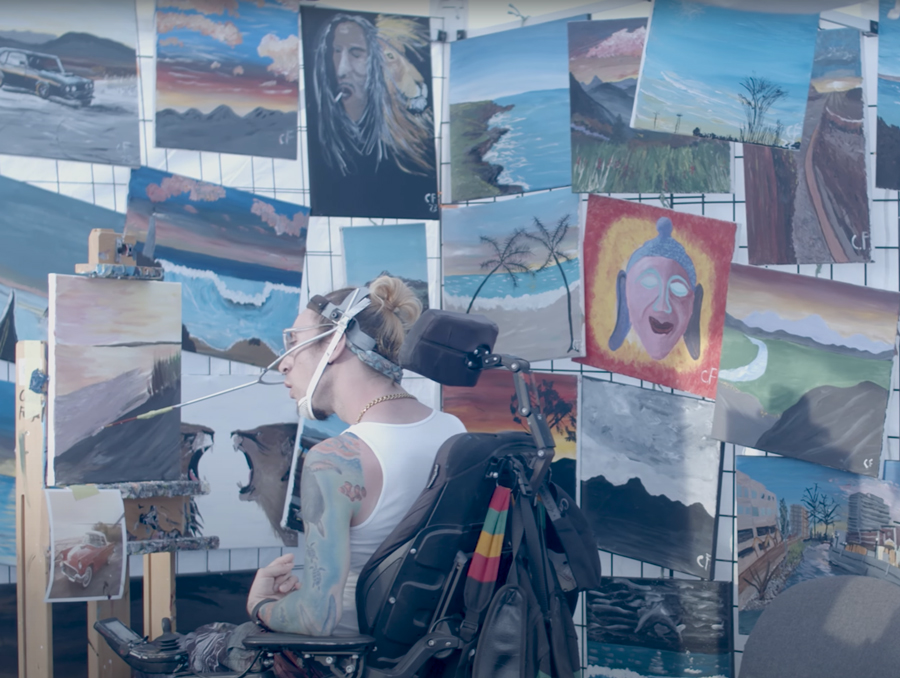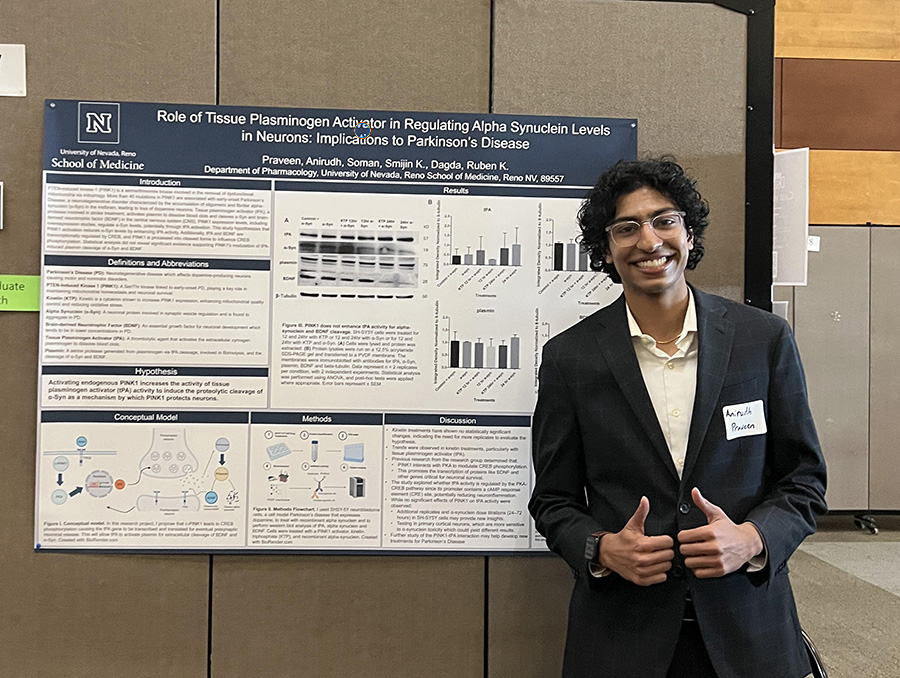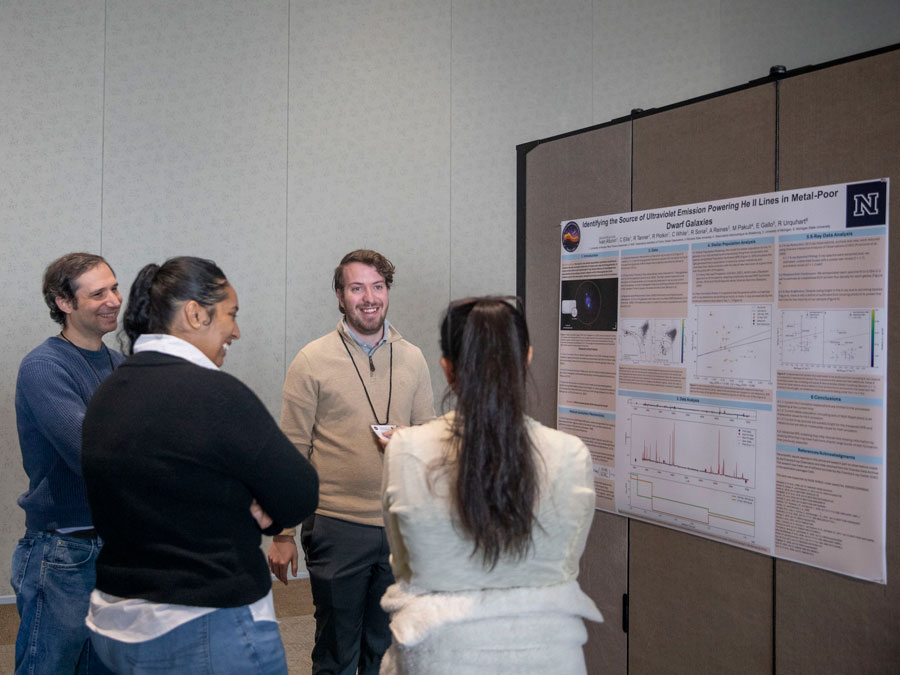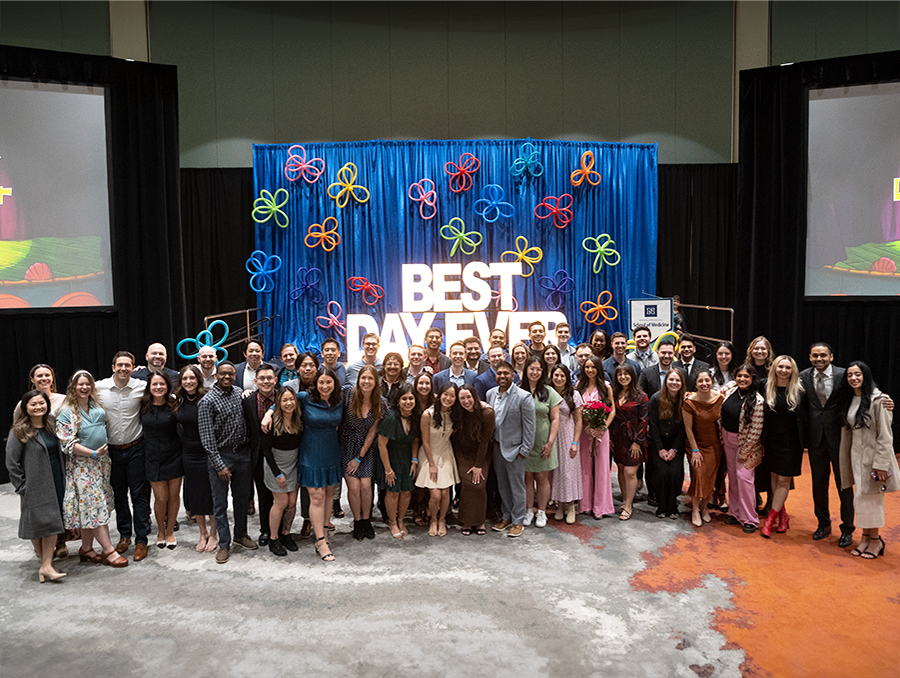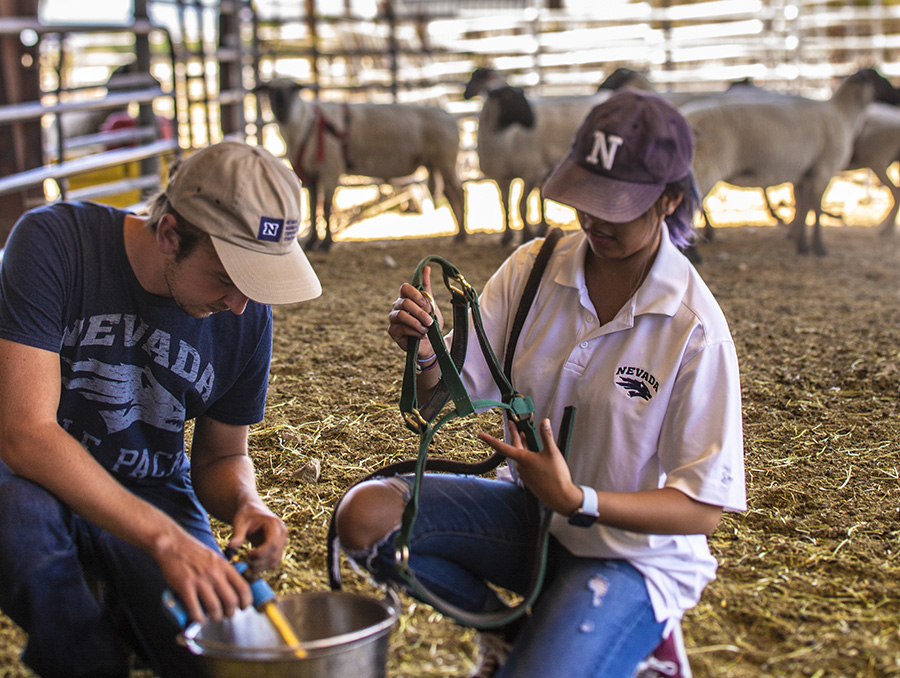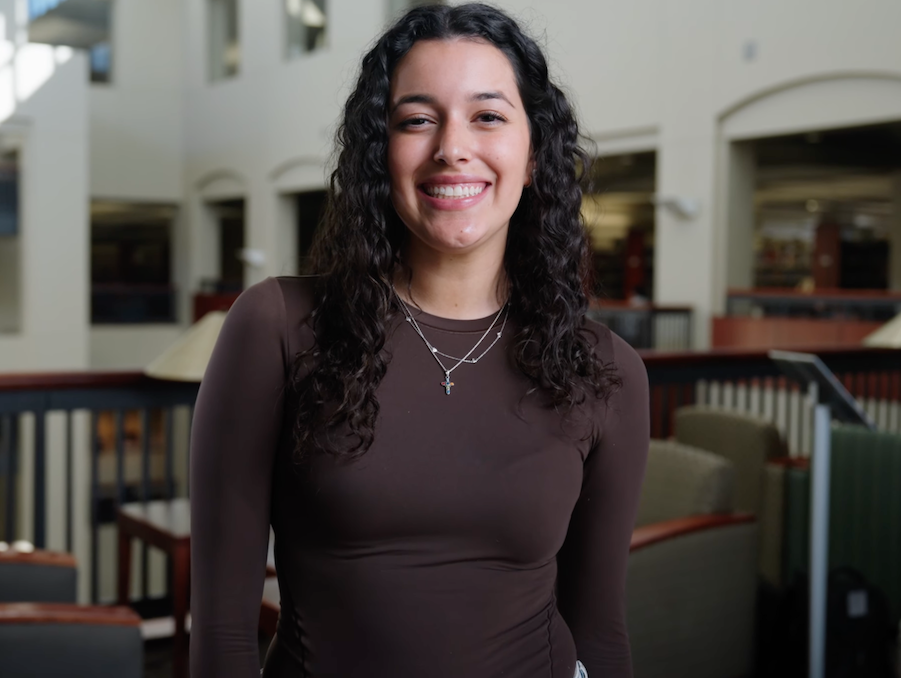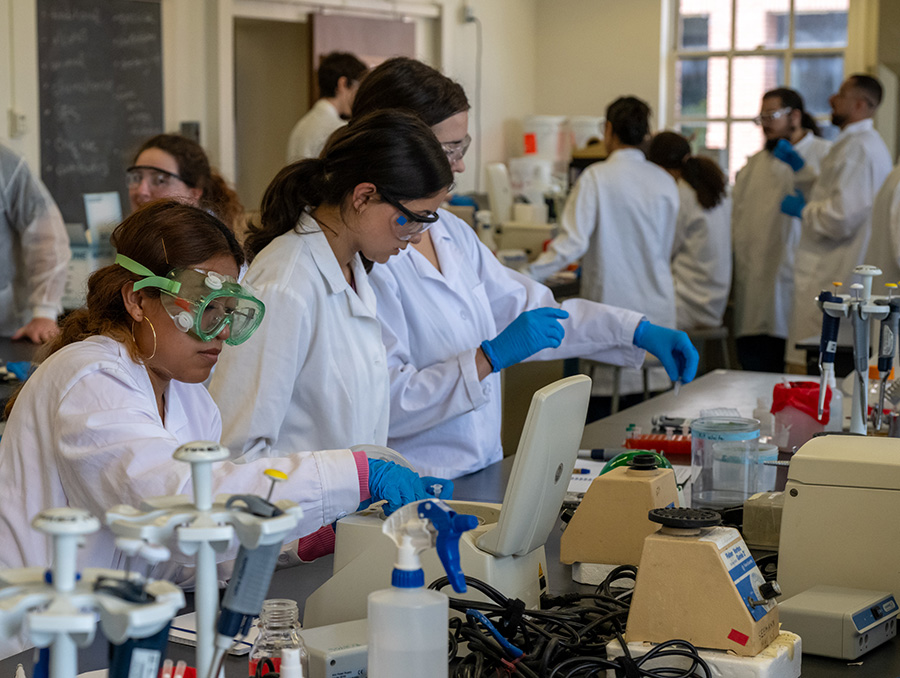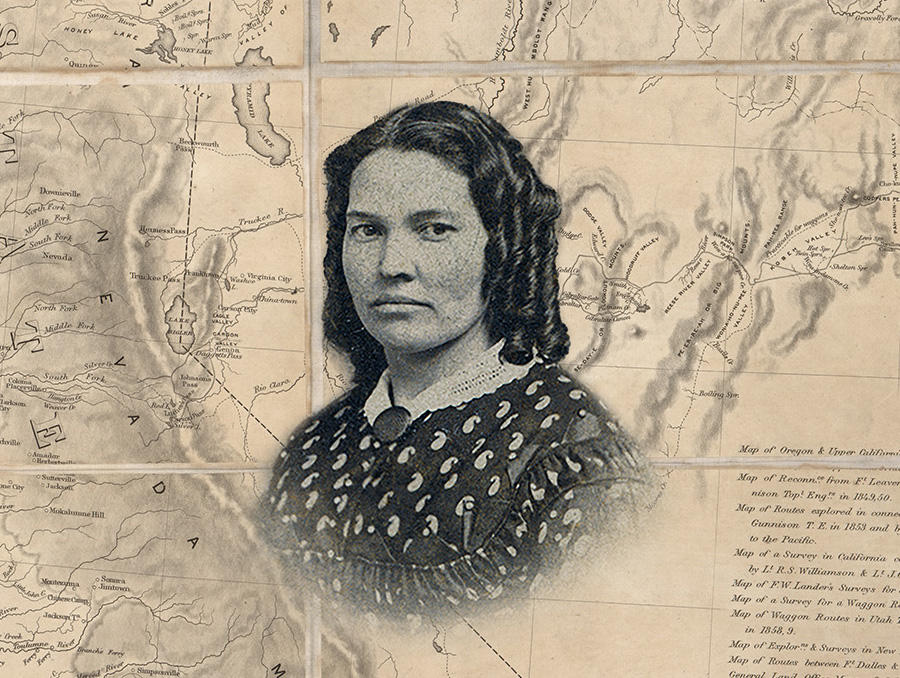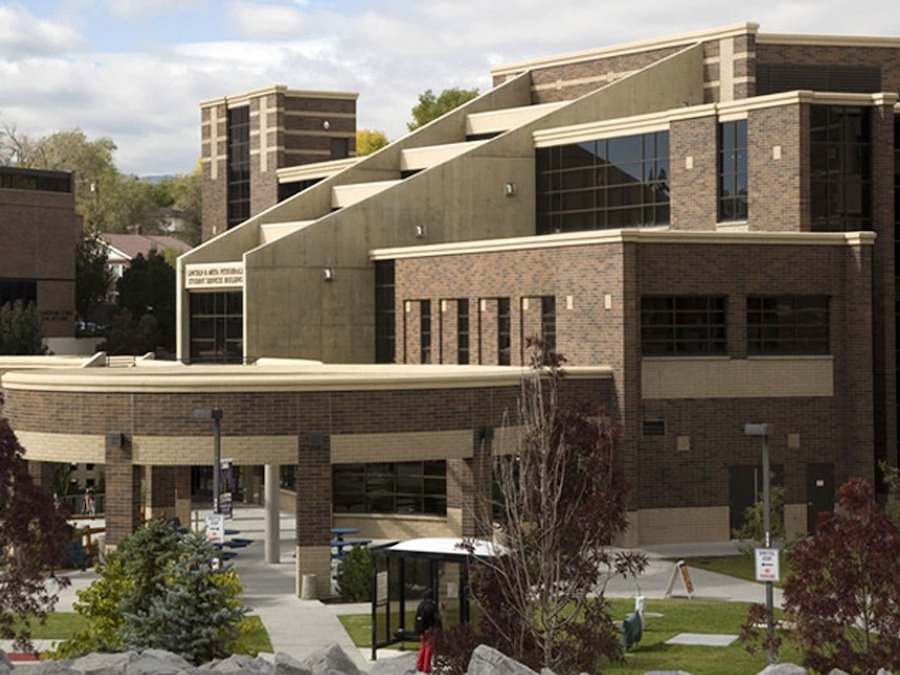It was a moment that University of Nevada, Reno College of Engineering Dean Manos Maragakis will always remember.
Though not necessarily for all of the obvious reasons.
Last month, Maragakis was invited to be among a group of select engineering deans from throughout the country who joined President Barack Obama in the White House.
On a personal level, certainly, for Maragakis, who came to the United States from his native Greece more than three decades ago, the moment carried significance.
Yet, it was something else that really grabbed Maragakis' mind.
Fifty years earlier, in February 1962, astronaut John Glenn became the first American to successfully orbit the Earth aboard Friendship 7 as part of NASA's Mercury program.
The program was spurred into action with the words of President John Kennedy, who challenged the nation's collective intelligence, ingenuity and innovation to do something special: Put astronauts in orbit around the Earth, and, once that was accomplished, send them to successfully land on the Moon and then return safely to Earth.
"In a very real sense," Kennedy told a Joint Session of Congress in 1961, "it will not be one man going to the Moon - if we make this judgment affirmatively, it will be an entire nation. For all of us must work to put him there."
With those words, the nation began one of the most impressive ages of knowledge and innovation ever seen.
The mission, powered by the courage and creativity of individuals, the greatest minds, and the best possible advances in science and engineering, was accomplished in less than a decade.
"President Kennedy helped make engineering cool again in the 1960s by saying the United States was going to the Moon," Maragakis said. "When you embark on a project that aims to send people to the Moon, you develop the type of technology and innovation that enables a nation to become a leader in the world. And that is exactly what happened."
Fast-forward to the scene in the White House on the afternoon of Feb. 8. Astronaut John Glenn was now 90 years old and 50 years removed from his historic orbit. Manned space travel had receded into the background of the partisan Capitol Hill battleground of budget priorities and budget fluff. By one estimate, only 14 percent of undergraduates at U.S. postsecondary institutions were studying science, technology, engineering and mathematics, and of that number, about 40 percent would switch majors after one year. The annual number of engineering graduates in the country had stagnated to around 120,000. By comparison, nations such as China and India produce greater numbers of engineers, with universities there featuring 50 percent of majors in areas such as science and engineering.
Maragakis and the other deans from leading engineering programs were chosen from another select group of deans that participated in a meeting organized by the Public Policy Committee for the American Society of Engineering Education, of which Maragakis is a member.
Suddenly, President Obama entered the room. Also in the room was Paul Ottelini, a partner in a new initiative to increase engineering graduation and retention. None of the deans were certain what the President might be speaking about. It was part of the President's Council on Jobs and Competitiveness, which Ottelini had pledged support and thousands of possible internships at his company for college students.
"The President showed up, and in a surprise, in his own words, to underscore his support for the initiative and to show us how significant he thinks engineering education is," Maragakis remembered.
During his remarks, Obama made a call and set a firm goal.
"He talked about creating 10,000 new engineers a year in our country (above the normal annual total), and to create 100,000 more engineers in 10 years," Maragakis said, smiling at the memory. "This would be a doubling of the engineering workforce in only a decade. His words reminded me that this wasn't just talk; it has been adopted this initiative as a national priority.
"The President of the United States has now said, 'This is a priority because this country is about technology, it is about innovation, and this is how we must grow the economy.'
"This is a strong message. I don't care about the politics of it. This is the first time in 50 years that this country is talking about, as a national priority, creating more engineers."
See a video of President Obama addressing the deans on Vimeo.
Maragakis said that engineering and many other of the University's offerings, hold the key to the state of Nevada's future for economic development and diversification. He noted that it is not just engineering that makes the University's role so crucial. Science, business and the liberal arts all contribute in key ways to creating the most well-rounded graduates possible, he said.
"This is our college's ... and our University's ... moment," Maragakis said. "Let's play this for all that is worth."
The numbers and their impact regarding the potential for the College of Engineering to be a key driver in economic diversification are hard to refute.
Consider:
The college has seen dramatic growth in student enrollment since 2006, growing from 1,200 students to today's more than 1,700;
The college has what is generally regarded as the largest and most versatile earthquake engineering laboratory in the country;
When the college submitted a nationally competitive proposal to expand the facility for a possible multi-million dollar expansion from the federal government, it bested, in upstart BCS- and bracket-busting fashion, several nationally renowned institutions to earn the funding.
The facility's worth, of the many assets the College of Engineering has, cannot be underestimated.
Worth noting:
The facility has been the culmination of nearly three decades of work by College of Engineering faculty.
Almost 20 academic, research and administrative faculty, scientists and technicians are affiliated with the college's Center for Civil Engineering Research and the earthquake simulation lab.
More than 30 doctoral and master's students are engaged in research projects under the Center's umbrella. Total research funding annual reaches into the millions.
In its 27-year history, the Center has published more than 160 technical reports which have provided the basis for seismic retrofits of large scale structural systems throughout Nevada, the West and the country, saving local, regional, state and federal agencies millions of dollars.
"This is more than a bullet point of excellence for the University," Maragakis said of the earthquake lab's work. "This has demonstrated that we can do it. We have one of the best earthquake engineering programs in the world, and in Reno we have the biggest earthquake facility in the country and one of the biggest in the world. When given the chance, this University is capable of great achievement. Nearly 30 years ago, this college took something from zero and made it a ten."
Maragakis said the earthquake lab's success was just one example of several other programs of excellence in his college.
"We are making significant progress in pursuing national recognition in other areas such as smart materials, digital interactive games, select biomedical engineering applications, artificial intelligence, environmental sustainability, pavement materials and several aspects of renewable energy," he said. "In addition, we are focusing on a globally competitive engineering and computer science undergraduate and graduate education that aspires to make our graduates competitively employed around the nation and the world."
"With this track record," he added, "the college needs to be given serious consideration to contribute to the diversification of the state's economy."
Maragakis said higher education offers a path that few other economic diversification initiatives can match.
Why?
Because higher education generally and engineering specifically, augments and propels forward all other endeavors, he said.
"Say we decide the state wants to advance agriculture," Maragakis said. "How do we do that? Science and engineering. Do we care about our health system? We need engineering, biomedical engineering, to move it ahead. Do we need technology? We need engineering. Do we want data centers to re-locate to Nevada? We need engineering. Do we want to develop renewable energy resources? You need products and engineering.
"What the state is all about, higher education, engineering, science, business know-how, is at the center of all of it."
Maragakis added: "Today's modern engineering programs collaborate closely with other disciplines, including science and business, as well as liberal arts and journalism, and medicine and agriculture. These are all relationships that are very important. We are building a strong University with programs that do not compete against each other but complement each other."
Maragakis said the state of New York offers an interesting test case for the rest of the country.
New York Gov. Andrew Cuomo has issued his own Kennedy-esque call for more engineering, science and tech smarts leading to more innovation, which, in turn, will help make his state more economically diverse and equipped to handle challenges from an increasingly globalized marketplace.
The statewide effort has included the implementation of regional economic development councils - similar to what was recently announced by Nevada Gov. Brian Sandoval - and partnerships forged between the state's research universities with proven industry leaders such as IBM and Intel, as well as development of new and expansion of old science, nanoscale and engineering colleges and facilities.
Of particular note, in November one of Cuomo's regional economic councils announced that a "city tech campus" at Roosevelt Island could become a prime spot to attract a "top-notch applied sciences program to the city." The council deemed such an effort a "priority project," noting that, "The campus will greatly expand New York's academic and applied science and engineering capacity, attract the entrepreneurs and innovators who will start the businesses of the future and contribute to building new tech-industry clusters in the region and across the state."
"The New York Governor is saying, flat out, that they are doing this because with a new engineering campus, they will attract new companies to boost the economy," Maragakis said. "The message is clear: We need higher education, and engineering, technology innovation and entrepreneurship need to be the center of it.
"Our state needs to look at this very seriously. I don't know you achieve economic diversification without putting higher education in the middle of it, and not simply as a way to produce more graduates and put them in the workforce. Graduating great students is a major component, yes, but it goes far beyond that, to include producing state-of-the-art research and expert solutions to solve problems, and doing the highest quality outreach to share our expertise. In this way, major companies will want to start coming here."
Maragakis harkened back to his visit to the White House.
"This is a moment where we must listen to what the President has now said is a national priority," he said. "This is our opportunity to make it, or miss it. I know what many of the other schools who were in that room that day are doing. They are running ... as we speak ... with this opportunity.
"I can tell you that this University is capable of the same thing. We were in the room that day, too. We have developed one of the best programs in the world. We are focusing on other areas with a commitment to excellence and global competitiveness. We know how this can be done. We know at this University how to make a difference."
Being in the room that afternoon in the White House was only the beginning, Maragakis said.
After years of hard work, he said he felt as if engineering education, research and outreach in this country had finally arrived.
"We are beyond having to justify engineering anymore," Maragakis said. "We know it is needed. So let's get it done."
Then Maragakis smiled, and with the clarity that any engineer could appreciate, he added with a soft chuckle: "Now, if I have any further questions justifying engineering, I can refer those questions to the President."
